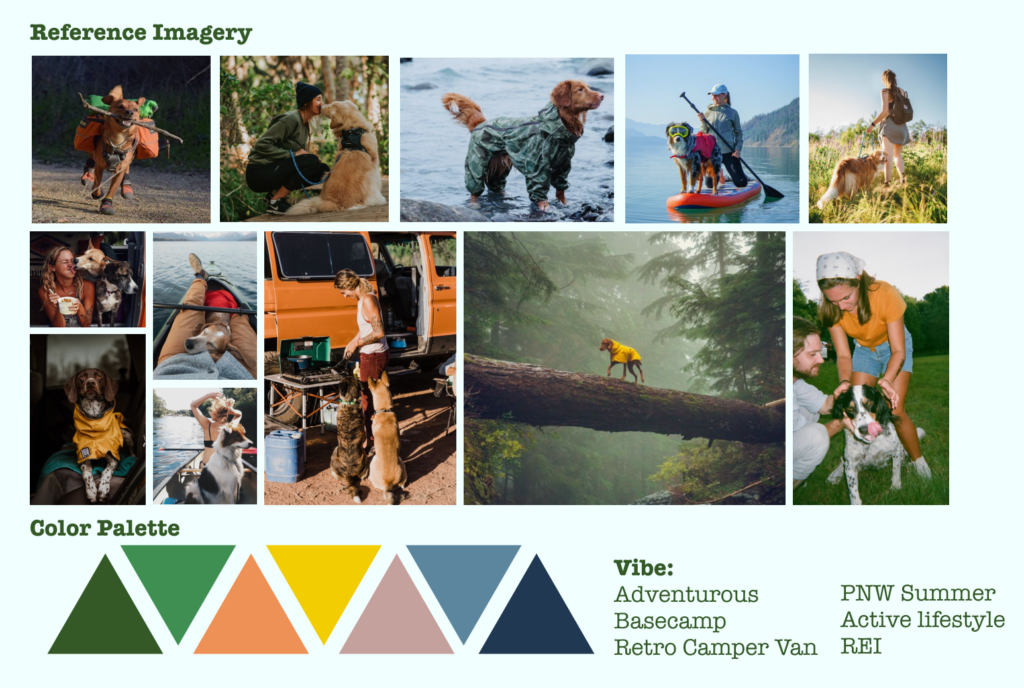When asked to come up with a local non-profit, I feel is deserving of $25K, many areas of need come to mind. Ultimately I am going with Creative Justice, a pioneering organization dedicated to transforming the juvenile justice system through art, healing, and community engagement. Founded in 2015, and led by Nikkita Oliver and a team of staff, Creative Justice operates at the intersection of arts and social justice, offering a unique and impactful approach to youth incarceration and rehabilitation.
At its core, Creative Justice provides arts-based alternatives to traditional juvenile detention for young people involved in the criminal justice system. Through a combination of mentorship, creative expression, and restorative justice practices, the organization aims to address the root causes of youth crime and disrupt the cycle of incarceration. Participants in Creative Justice programs have the opportunity to explore various art forms, including visual arts, music, writing, and performance, as tools for personal expression and social change.
One of the key strengths of Creative Justice lies in its holistic approach to youth empowerment and healing. By centering the voices and experiences of marginalized youth, particularly Black and Brown youth who are disproportionately impacted by systemic inequities, the organization fosters a sense of belonging and agency among its participants. Through artistic exploration and community building, Creative Justice helps young people develop critical life skills, resilience, and a positive sense of identity.
Creative Justice actively engages with the broader community to promote understanding and advocate for systemic change. Through exhibitions, performances, a cafe, and public events, the organization raises awareness about the issues facing youth in the justice system and challenges harmful stereotypes and narratives. By amplifying the voices of young people and collaborating with artists, activists, and policymakers, Creative Justice works towards building a more just and inclusive society for all.
I believe Creative Justice is more than deserving of a $25K donation to support its continued efforts in empowering youth, fostering healing through art, and promoting social change. With additional funding, the organization can expand its reach, strengthen its programs, and further advocate for the transformation of the juvenile justice system. By investing in Creative Justice, we invest in the future of our communities, where all young people have the opportunity to thrive and contribute positively to society.
